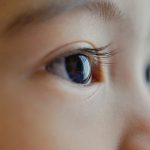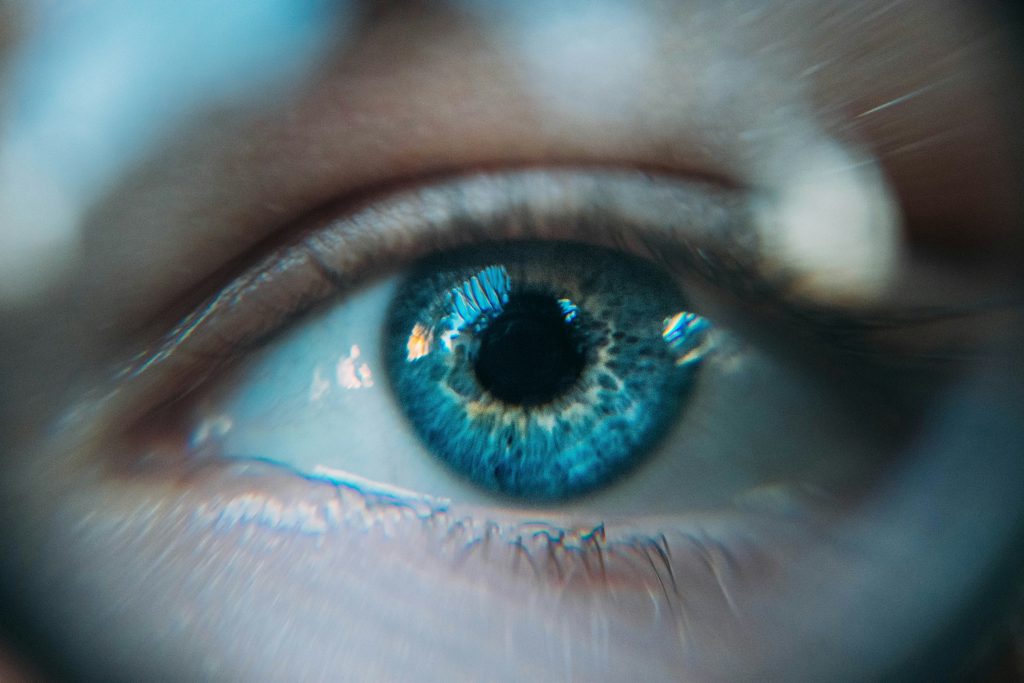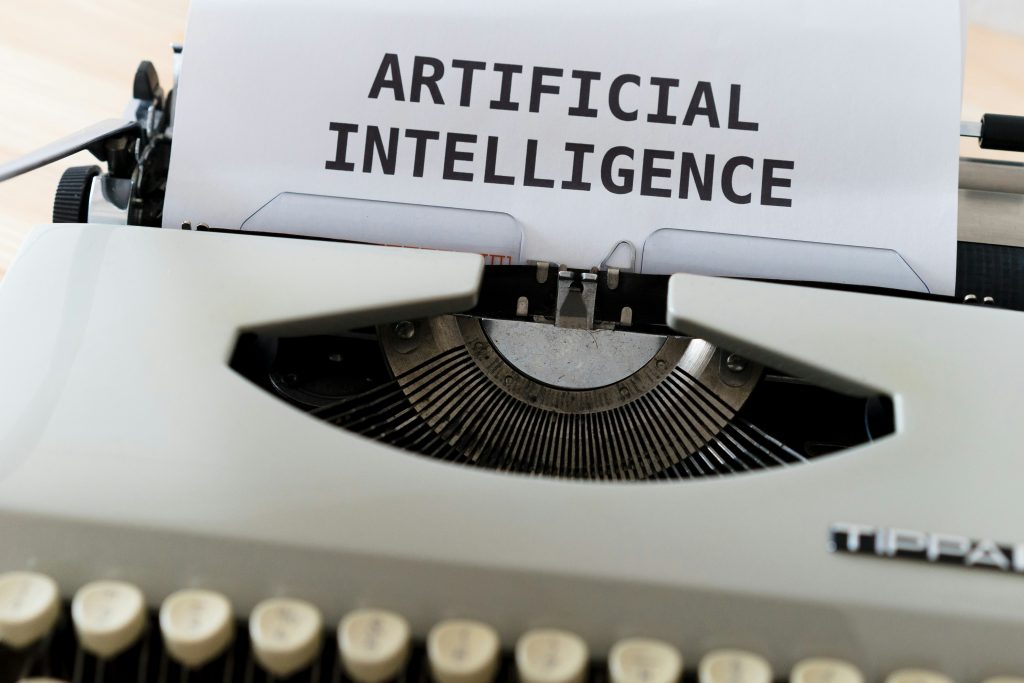
Rett Syndrome (RTT) is a rare genetic syndrome often accompanied by neurodevelopmental disorders (e.g., autism, intellectual disability). Nearly typical development happens across the first 6–18 months of life, followed by loss of skills like mobility, purposeful hand use, and oral speech and learning difficulties (Ward et al., 2021).
Children with RTT are usually assessed by formal and informal tasks:
- Formal assessments: Involving the use of standardised tools, where participants are usually asked to reply verbally and/or participate in motor tasks. This kind of assessment cannot always reflect participants’ real skills as it can enhance anxiety, pressure and motor planning difficulties usually faced by RTT individuals.
- Informal assessments: Involve simpler tasks such as cake decoration and is considered ‘friendlier’ and more helpful allowing participants to show their skills in an easier way.
However, neither of these assessment methods can fully reflect an individual’s skills on its own. Eye-tracking is an experimental method used to identify what exactly each person is looking at, by tracking the movement of eye motion and gaze location during different tasks (Carter & Luke, 2020; Kollias et al., 2021). As many children with RTT are non-verbal and struggle with purposeful hand use, eye-tracking could be a useful addition to the methods currently used to assess language and cognitive skills in children with RTT, adapting to their physical and verbal profiles.
The current study by Ward and colleagues (2021) aimed to investigate this, by adapting eye-tracking technology to see if its use could produce better results than formal and informal assessment tasks in children with RTT.

Eye-tracking technology is an experimental method used to identify what exactly each person is looking at, by tracking the movement of eye motion and gaze location during different tasks.
Methods
Ten children aged 4-6 years old were assessed on 3 formal and 3 informal tasks in their home.
Formal assessment consisted of the Mullen Scales of Early Learning (MSEL):
- The Visual Reception (VR) and Receptive Language (RL) MSEL was adapted to allow eye gaze/eye pointing and body movements in response to object and picture materials (MSEL-A) and for eye-tracking on an eye gaze-controlled computer (MSEL-ET). Children could choose either MSEL-A, or MSEL-ET, or a combination of both.
- The Expressive Language (EL) part of the MSEL was not adapted.
Informal assessment consisted of:
- Playing games using the eye gaze device in which Visual Reception (VR) and Expressive Language (EL) were assessed.
- A book discussion while eye movements were being tracked. In this task Visual Reception (VR), Receptive Language (RL) and Expressive Language (EL) were assessed.
- An activity in which children were giving directions to their assessor to decorate a cake while having access to an eye gaze device. In this task Visual Reception (VR), Receptive Language (RL) and Expressive Language (EL) were assessed.
Results
Participant characteristics
Most participants had some vocalisations, occasionally used their hands in a functional way or did not use them at all, and showed different types of mobility, with most having severe mobility issues. In addition, most of the participants had their own eye gaze device which they used in their everyday life having spent different periods of time owning them.
Visual reception
In Visual Reception assessment, 7/10 participants completed both formal and informal VR tasks. Most of the participants achieved better results in formal Visual Reception assessment tasks compared to informal Visual Reception assessment ones. Particularly, 5 participants scored higher in informal VR assessment tasks whereas 2 individuals scored similarly in both parts.
Eye-tracking technology was successfully employed both in formal and informal assessment tasks. Regarding formal assessment, most of the participants who finally completed it used both eye-tracking and eye-pointing access methods. Concerning informal assessment, all the participants used an eye gaze device in all VR assessment tasks.
Receptive language
In Visual Reception assessment, 7/10 participants completed both formal and informal RL tasks. Findings for Receptive Language assessment were not clear (i.e., it was not clear whether formal or informal assessment contributed to better outcomes since 2 individuals performed better on informal assessment, 2 scored similarly both during formal and informal assessment and 3 achieved worse results on informal assessment tasks).
Eye-tracking technology was successfully employed both in formal and informal assessment tasks. Concerning formal assessment, most of the participants who finally completed it either used eye-tracking or eye pointing or both access methods, whereas there was 1 participant who used body movement, as well. Regarding informal assessment, all the participants used an eye gaze device in all VR assessment tasks.
Expressive language
Finally, regarding Expressive Language assessment, there was not an adequate way to assess and score expressive language on formal assessment since there was no provision for employing the adapted MSEL versions (i.e., MSEL-A and MSEL-ET). Additionally, formal EL assessment could not include communication via an eye gaze device as augmentative and alternative communication (AAC) systems such as eye gaze devices could not be incorporated into either the standard or adapted MSEL. On the contrary, eye-tracking technology was employed in informal EL assessment. Interestingly, all the participants attained better results in the informal EL assessment in which eye-tracking technology was employed rather than in the formal one.

It is still under discussion whether formal or informal tasks could play an important role in the assessment of language and cognition in children with Rett Syndrome.
Conclusions
Using both formal and informal assessment methods can contribute to more accurate assessment of language and cognition in children with RTT, as it can identify every individual’s knowledge and potential. On some occasions, informal assessments are more informative than formal ones. However, the findings of the present study show that this is not always the case, since formal assessment tasks brought better results regarding Visual Reception, and it was not clear whether formal or informal Receptive Language assessment tasks could lead to better outcomes.
Eye-tracking technology could of course play an important role in both formal and informal language and cognition assessment process, as the results of this study showed, because it is not only an ACC system, but also a valuable and reliable tool. For example, eye-tracking technology played a really important role in EL informal assessment where better results were attained compared to EL formal assessment in which eye-tracking was not used. Thus, RTT individuals should be trained by their educators/caretakers to use tools and instruments such as eye-tracking technology not only in their everyday life but also for having better education and assessment results.

Eye-tracking technology could enhance both formal and informal language and cognition assessment process as well as everyday life for children with Rett Syndrome.
Strengths and limitations
The current study is considered an extension of a previous study (Clarkson et al., 2017) which used eye gaze and eye tracking-technology aiming at language and cognition assessment in a small sample of children with RTT. Eye-tracking technology was utilised not only for a formal assessment, as was done in earlier studies, but also for an informal one. The combination of formal and informal language and cognition assessment methods resulted in a more holistic picture of the abilities of children with RTT. Particularly, formal assessment tasks are usually organised in a stricter manner which is sometimes significant for evaluating some skills which cannot be evaluated in another way. However, the participants need their individualised style when they are tested and/or taught new skills and informal assessment tasks could contribute to this as well.
However, the small sample size as well as the level of difficulty of the assessment tasks could affect the findings, since only 7/10 participants fully completed both the formal and informal VR and RL tasks. This was because of barriers such as tiredness, unwillingness to participate, and lack of time. These difficulties show that a bigger sample could always result in findings of increased statistical significance.
Moreover, there were differences in terms of the expertise of the participants in using eye gaze devices. Particularly, some participants had already acquired their own eye gaze devices before this study was carried out and there were also differences in the length of time these participants had been using their devices which also played an important role in the way each participant could engage in the assessment process.
It should also be noted that the sample consisted of a broad range of MECP2 gene mutations (which result in RTT), and levels of severity regarding RTT characteristics and related features. These differences usually affect communication such as their spoken language, hand use and mobility abilities in addition to other characteristics such as seizures, and anxiety.

Future RTT language and cognition assessment studies should have larger sample sizes and attempt to control for confounders in terms of participant characteristics.
Implications for practice
This study demonstrates how important it is to do interdisciplinary research, bringing together psychological research with technological approaches such as Artificial Intelligence, Robotics, and Internet of Things. These changes in research approaches are both challenging and promising as they meet societal needs and focus on everyday problems requiring collaborative and integrative approaches which could be employed not only for assessment and future research, but also as complementary tools contributing to acquiring new skills. This is important, as RTT individuals appear to show difficulties in social and cognitive skills such as facial expressions recognition (Djukic et al., 2014), sustained attention (Rose et al., 2017) etc.
Regarding eye-tracking technology, it could be employed as a tool enabling RTT children and adults to communicate and learn in an easier way as well as for the detection of their feelings. Using eye-tracking technology as a method to complement cognitive assessment of children has a lot of potential not just for children with RTT but also for other individuals having limited communication skills. It is crucial now for research to explore the feasibility and acceptability of eye-tracking with different groups of participants such as autistic individuals of different functionalities participating in several tasks i.e., emotion recognition (Jiang et al., 2020), passive observation of natural scene images (Wang et al., 2015), and web browsing (Kollias et al., 2022). Eye-tracking is a technology that could yield more accurate, objective, and reliable results. However, research employing all these tools is still under development and it is not clear how reliable the approach would be when used by non-researchers in real-world settings, such as schools and clinics. Specifically, although eye-tracking technology is easy to be used in everyday life, experienced researchers are needed when it is employed for scientific purposes in terms of methodological issues such as the way it is used, how the data gathered are stored, analysed, and interpreted. Future research is needed to explore whether teachers and clinicians could use eye-tracking to obtain reliable data on children’s skills.

Whilst eye-tracking technology shows promise in the context of research, it is hard to determine how useful and reliable it would be when applied to real-world settings.
Statement of interests
None.
Links
Primary paper
Ward, C., Chiat, S., & Townend, G. S. (2021). A comparison of formal and informal methods for assessing language and cognition in children with Rett syndrome. Research in Developmental Disabilities, 114, 103961.
Other references
Carter, B. T., & Luke, S. G. (2020). Best practices in eye tracking research. International Journal of Psychophysiology, 155, 49-62.
Clarkson, T., LeBlanc, J., DeGregorio, G., Vogel-Farley, V., Barnes, K., Kaufmann, W. E., & Nelson, C. A. (2017). Adapting the Mullen Scales of Early Learning for a standardized measure of development in children with Rett syndrome. Intellectual and Developmental Disabilities, 55(6), 419-431.
Djukic, A., Rose, S. A., Jankowski, J. J., & Feldman, J. F. (2014). Rett syndrome: recognition of facial expression and its relation to scanning patterns. Pediatric Neurology, 51(5), 650-656.
Jiang, M., Francis, S. M., Tseng, A., Srishyla, D., DuBois, M., Beard, K., … & Jacob, S. (2020, July). Predicting core characteristics of ASD through facial emotion recognition and eye tracking in youth. In 2020 42nd Annual International Conference of the IEEE Engineering in Medicine & Biology Society (EMBC) (pp. 871-875). IEEE.
Kollias, K. F., Syriopoulou-Delli, C. K., Sarigiannidis, P., & Fragulis, G. F. (2022, June). Autism detection in High-Functioning Adults with the application of Eye-Tracking technology and Machine Learning. In 2022 11th International Conference on Modern Circuits and Systems Technologies (MOCAST) (pp. 1-4). IEEE.
Kollias, K. F., Syriopoulou-Delli, C. K., Sarigiannidis, P., & Fragulis, G. F. (2021). The contribution of machine learning and eye-tracking technology in autism spectrum disorder research: A systematic review. Electronics, 10(23), 2982.
Rose, S. A., Wass, S., Jankowski, J. J., Feldman, J. F., & Djukic, A. (2017). Sustained attention in the face of distractors: A study of children with Rett syndrome. Neuropsychology, 31(4), 403.
Wang, S., Jiang, M., Duchesne, X. M., Laugeson, E. A., Kennedy, D. P., Adolphs, R., & Zhao, Q. (2015). Atypical visual saliency in autism spectrum disorder quantified through model-based eye tracking. Neuron, 88(3), 604-616.
Photo credits
- Photo by Amanda Dalbjörn on Unsplash
- Photo by Ion Fet on Unsplash
- Photo by sydney Rae on Unsplash
- Photo by Randy Tarampi on Unsplash
- Photo by Campaign Creators on Unsplash
- Photo by Markus Winkler on Unsplash
